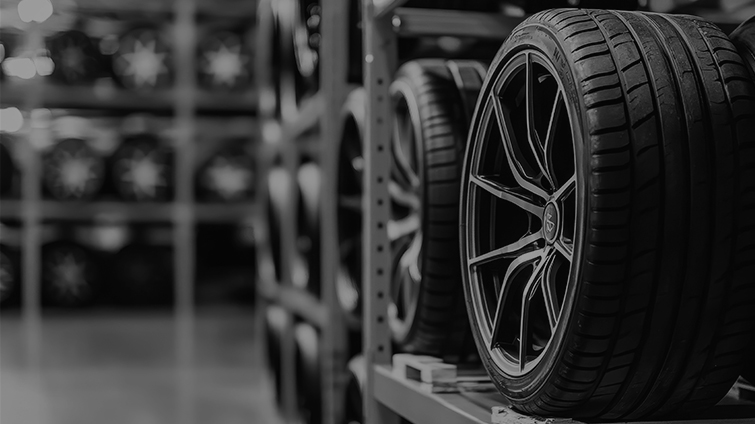Automotive tariff updates and cost strategies

More tariff changes
The White House has extended the 90-day reduction of reciprocal tariffs to 1 August. Baseline duty rates on imports from all countries will for now remain at 10%, except for the UK, Mexico, Canada and China. This move delays higher reciprocal tariffs that were scheduled to resume on 9 July.
If trade deals with the United States aren’t reached by the new deadline, on 2 Aug. reciprocal duty rates for most countries are scheduled to revert to 2 April levels. More than 20 countries—including automotive producers South Korea and Japan—received letters with new tariff rates ranging as high as 50%. The letters left open the possibility that tariffs could be further negotiated.
The frameworks of deals with several countries are expected soon, though there’s often a lag between announcements and full implementation. For example, a deal with the UK was announced 7 May but implemented 2 July. Details on an agreement with Vietnam are still pending.
With the ever-changing tariff landscape, C.H. Robinson developed an U.S. Tariff Impact Analysis Tool for our customers, which enables shippers to navigate market volatility and optimise their strategies by assessing their tariff exposure under different scenarios. Tariff policies are updated daily, allowing C.H. Robinson customers to view real-time policy impacts.
U.S.-UK trade agreement
As of this report’s publication, the UK was the only country with a documented and official U.S. trade deal.
The new agreement includes these provisions affecting the automotive industry:
- The first 100,000 UK-origin vehicles imported annually are subject to a tariff rate of 10%, consisting of a 7.5% auto tariff and a 2.5% Most Favoured Nation rate. For the remainder of 2025, the quota is 65,205 vehicles. After the quota is met, additional vehicles are subject to a tariff rate of 27.5%, which includes the full 25% automotive tariff in addition to the 2.5% Most Favoured Nation rate.
- Automotive parts similarly face a 10% tariff rate, while auto parts imported from other countries are subject to a 25% auto part tariff. Auto parts from China additionally are subject to a 20% national emergency tariff and a 7.5% or 25% tariff that has been imposed since 2018.
U.S. accepting requests to add more auto parts to tariff list
As of 1 July, the U.S. Commerce Department began accepting requests to include additional auto parts that would be subject to the 25% Section 232 automotive tariffs. The submission window will last 14 days and occur four times a year—in January, April, July and October.
Commerce will have 60 days to evaluate each request, considering whether the product qualifies as an auto part and whether its import threatens national security or the objectives of the Section 232 tariffs. If a part is approved for inclusion, it will be listed in the Federal Register and the 25% tariff will apply starting at 12.01 a.m. Eastern Time the day after publication.
New requirement for some Mexico exports
Starting 11 August 2025, Mexican exporters will need to comply with a new regulation requiring a pre-export notification for specific products. This measure is part of Mexico’s broader strategy to enhance trade monitoring and promote higher domestic content in exports. Initially set to take effect in June then July, the requirement was delayed to give exporters more time to prepare.
The regulation is also set to apply to fewer tariff codes. For the automotive industry, only electric motor parts will be covered. Exporters are encouraged to review compliance procedures and update internal processes to avoid disruptions.
Read our article for more information on this new requirement.
Find savings to help manage cash flow
Tariffs and changing consumer demand have resulted in unexpected cash flow challenges for many automotive suppliers. The ability to reduce costs in all aspects of the supply chain is becoming increasingly important. Shippers should consider the following when managing logistics costs:
- Are supplier/final destination locations optimised to minimise U.S. border crossings?
- Is freight configured and packaged to minimise delivering costs?
- Are supplier countries of origin optimised to mitigate tariffs?
C.H. Robinson customers can get a full analysis of their supply chain through a Supply Chain Inspection Report using their own historical data. This report analyses freight characteristics, locations, delivery details and financial information. In addition, C.H. Robinson’s nearshoring expertise and cross-border services can help you to assess options for shifting production or sourcing.